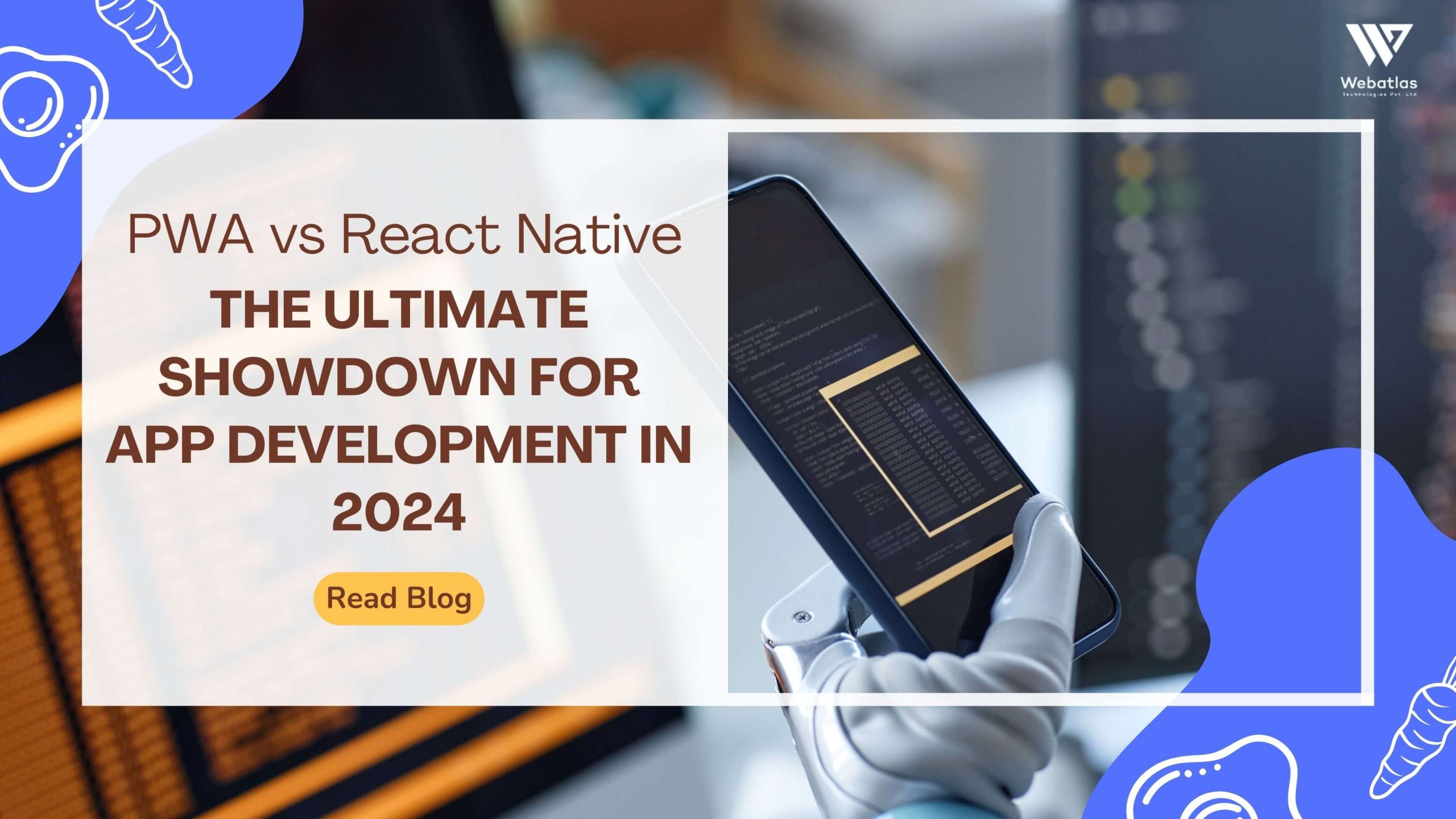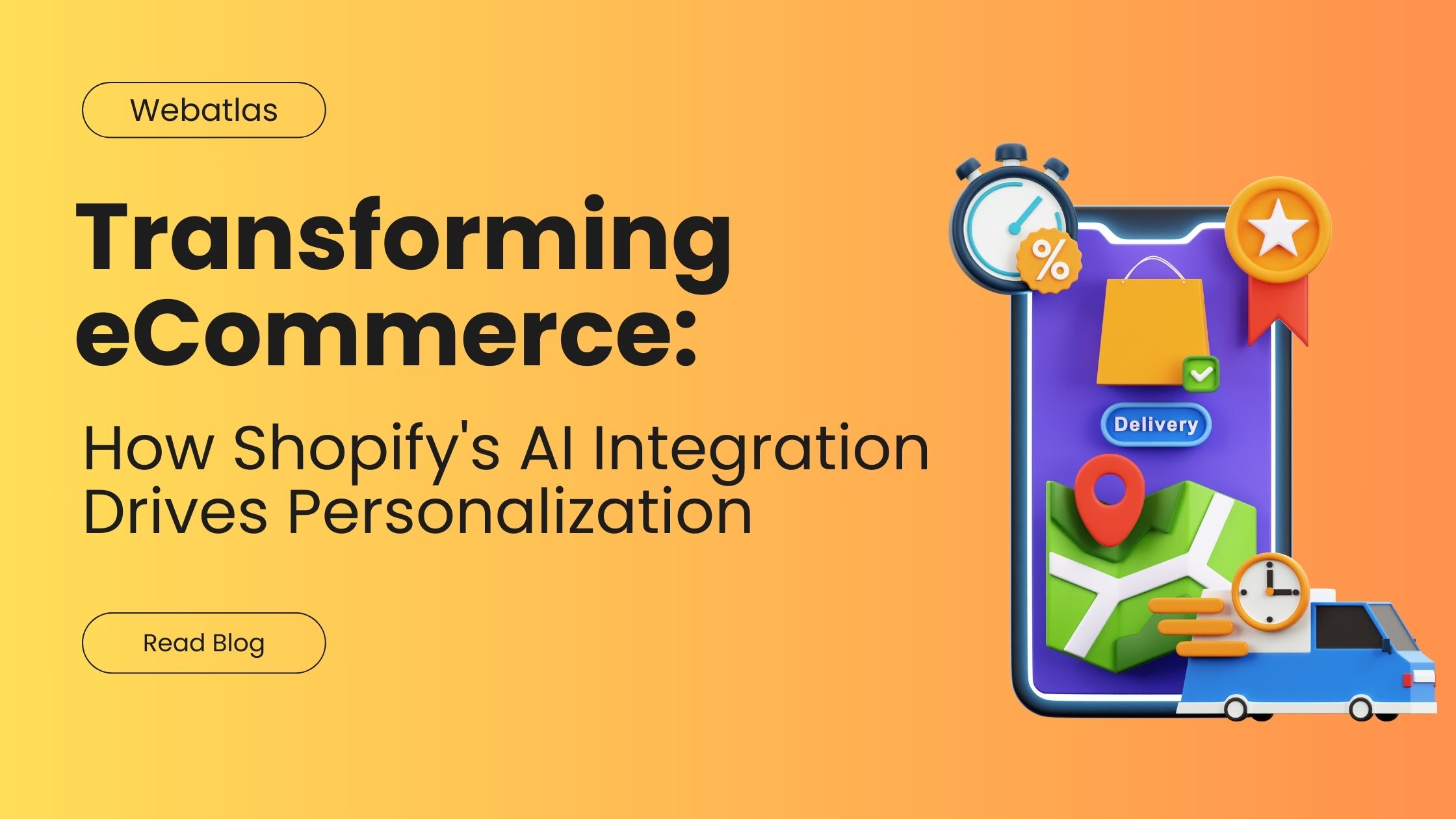React Native vs PWA Apps in 2024: A Comprehensive Guide to Making the Right Choice

In today’s fast-evolving technological landscape, mobile app development has become a critical aspect of every business’s strategy. Companies face a tough decision: should they go for a React Native app or a Progressive Web App (PWA)? Both technologies offer powerful solutions, but they serve different purposes and excel in various areas.
If you’re a business or developer making a choice in 2024, this guide will help you understand the key differences, advantages, and drawbacks of React Native and PWAs, so you can make an informed decision. We’ll also highlight how Webatlas brings expertise in React Native development and software testing services to ensure your app’s success.
React Native: The Power of Native App Development
React Native is a popular open-source framework created by Facebook, allowing developers to build native mobile applications using JavaScript and React. It enables developers to write a single codebase for both iOS and Android apps, reducing development time and costs. Here’s why React Native remains a top choice in 2024:
Benefits of React Native
1. Cross-Platform Development with Native Performance
React Native allows for cross-platform app development, meaning that developers can build apps for both iOS and Android using a single codebase. This dramatically cuts down development time and costs, as there’s no need to maintain separate codebases for each platform.
Despite being cross-platform, React Native apps offer near-native performance. The framework bridges JavaScript and native components, which leads to smoother animations, faster load times, and a seamless user experience.
2. Access to Native Features
One of the primary reasons businesses opt for React Native is its ability to access native device features like the camera, GPS, push notifications, and more. By using native modules, developers can integrate these features into their apps, providing users with an immersive experience that feels like a native application.
3. Vast Developer Community and Libraries
React Native has a massive developer community that actively contributes to its growth. This means you’ll have access to a wide range of libraries, tools, and resources that can speed up the development process. In 2024, the ecosystem around React Native is only growing, with more tools available to simplify and optimize app building.
4. Hot Reloading for Faster Development
React Native’s hot reloading feature allows developers to instantly view changes made in the code without needing to restart the entire application. This makes the development process more efficient, as developers can see the effects of their changes in real time, reducing the feedback loop.
Drawbacks of React Native
- Not Fully Native: While React Native performs well, it may not match the performance of fully native applications in resource-intensive tasks, such as complex animations or high-end graphics processing.
- Limited Third-Party Components: Although React Native has a large ecosystem, there can sometimes be a need for custom solutions, especially when dealing with niche native functionalities.
PWA: The Flexibility of the Web with an App-Like Experience
Progressive Web Apps (PWAs) are web applications that behave like native mobile apps. They run in browsers but can be installed on devices, accessed offline, and provide push notifications, much like native apps. PWAs are built with web technologies like HTML, CSS, and JavaScript.
Benefits of PWAs
1. No App Store Approval Needed
One of the biggest advantages of PWAs is that they don’t require app store approval. This means businesses can launch their web apps without the time-consuming process of adhering to the rules of app stores like Google Play and Apple’s App Store. This gives companies more control over their app’s distribution and updates.
2. Lower Development Costs
PWAs work on any device with a web browser, making them highly cost-effective. You only need to build one version of the app, and it will run seamlessly across platforms, including desktop, mobile, and tablet. This can significantly reduce development costs compared to maintaining separate native apps for different platforms.
3. Offline Capabilities
PWAs offer offline functionality by caching data and assets locally on the user’s device. This makes them accessible even in areas with poor internet connectivity, enhancing the user experience. Users can still interact with the app, view certain content, and perform tasks without an active connection.
4. Fast Installation and Lightweight
Unlike native apps that require installation through an app store, PWAs can be added to a user’s home screen with just a tap. They are lightweight, typically taking up less storage on a device, which can be a major advantage for users with limited storage capacity.
Drawbacks of PWAs
- Limited Access to Native Features: PWAs cannot fully access some device features like Bluetooth, NFC, or advanced sensors that native apps can. This can limit their functionality for certain use cases.
- Browser Compatibility: While PWAs are widely supported by modern browsers, there can still be compatibility issues with older browsers or certain operating systems.
Comparing React Native and PWAs in 2024
When deciding between React Native and PWAs in 2024, several factors need to be considered, including performance, development costs, user experience, and target audience. Here’s a direct comparison to help you make the right choice:
| Criteria | React Native | PWA |
|---|---|---|
| Platform Support | Cross-platform (iOS and Android) | Web-based, works on any device with a browser |
| Performance | Near-native performance | Good, but may not match native apps for complex tasks |
| Development Cost | Medium to high (due to platform specifics) | Lower (single codebase for all platforms) |
| Access to Native Features | Full access to device capabilities | Limited, some features may not be supported |
| User Experience | Seamless, app-like | App-like, but dependent on browser support |
| App Store Distribution | Yes, requires app store submission | No app store needed |
When to Choose React Native:
- If you need full access to native device features like GPS, push notifications, or camera.
- If you want a highly optimized, near-native performance for your app.
- If you plan to distribute your app on iOS and Android app stores.
When to Choose PWA:
- If you’re looking to minimize development costs and reach users on both mobile and desktop.
- If you prefer immediate app launch without app store constraints.
- If offline capabilities and lightweight app installation are key priorities for your users.
Expertise of Webatlas in React Native Development
When it comes to mobile app development, you want to ensure your app is built by experts who understand the nuances of both performance and user experience. This is where Webatlas excels. With a team of experienced developers specializing in React Native, Webatlas has helped numerous clients bring their app ideas to life, focusing on creating apps that are fast, reliable, and scalable.
Webatlas’s expertise extends beyond development; they provide comprehensive software testing services to ensure your React Native app is free of bugs, performs optimally, and meets the highest quality standards. From initial concept to post-launch support, Webatlas is committed to delivering exceptional apps that cater to your business’s unique needs.
Conclusion: Making the Right Choice in 2024
In 2024, both React Native and Progressive Web Apps have their strengths and are well-suited for different types of projects. If your goal is to build a feature-rich app with full native access and distribute it through app stores, React Native is a powerful choice. On the other hand, if you’re looking for a cost-effective, cross-platform solution that works on any device with a web browser, PWA is the way to go.
At WebAtlas, we understand the importance of making the right decision for your business. Our team of experts in React Native development and software testing services is here to guide you through the entire process, ensuring that your app stands out in a competitive market.
FAQs
What are the key differences between React Native and PWA? React Native is a framework for building native apps using a single JavaScript codebase, while PWAs are web applications that function like native apps in browsers. React Native provides access to native device features, while PWAs have limitations in this area but offer easier development and installation.
Which is better for performance: React Native or PWA? React Native typically offers better performance for complex applications, as it directly accesses native components. PWAs, while efficient, may not perform as well for high-performance or resource-intensive tasks.
Can a PWA work offline? Yes, PWAs can work offline by caching certain data and assets locally, allowing users to access content without an internet connection.
Is React Native more expensive to develop than PWA? In general, React Native development can be more expensive because it requires building apps for iOS and Android, whereas PWAs work across all devices with a single codebase, reducing costs.
Do PWAs need app store approval? No, PWAs do not require app store approval. They can be accessed directly through a web browser and added to a device’s home screen without the need for app store submissions.
How can Webatlas help with React Native app development? Webatlas specializes in creating high-quality React Native apps that provide native-like performance, as well as offering robust software testing services to ensure that your app is optimized and bug-free.
Recent Post
Let's talk about your project, or just come and say hello!
Webatlas Technologies is the fastest growing web and mobile app development company



